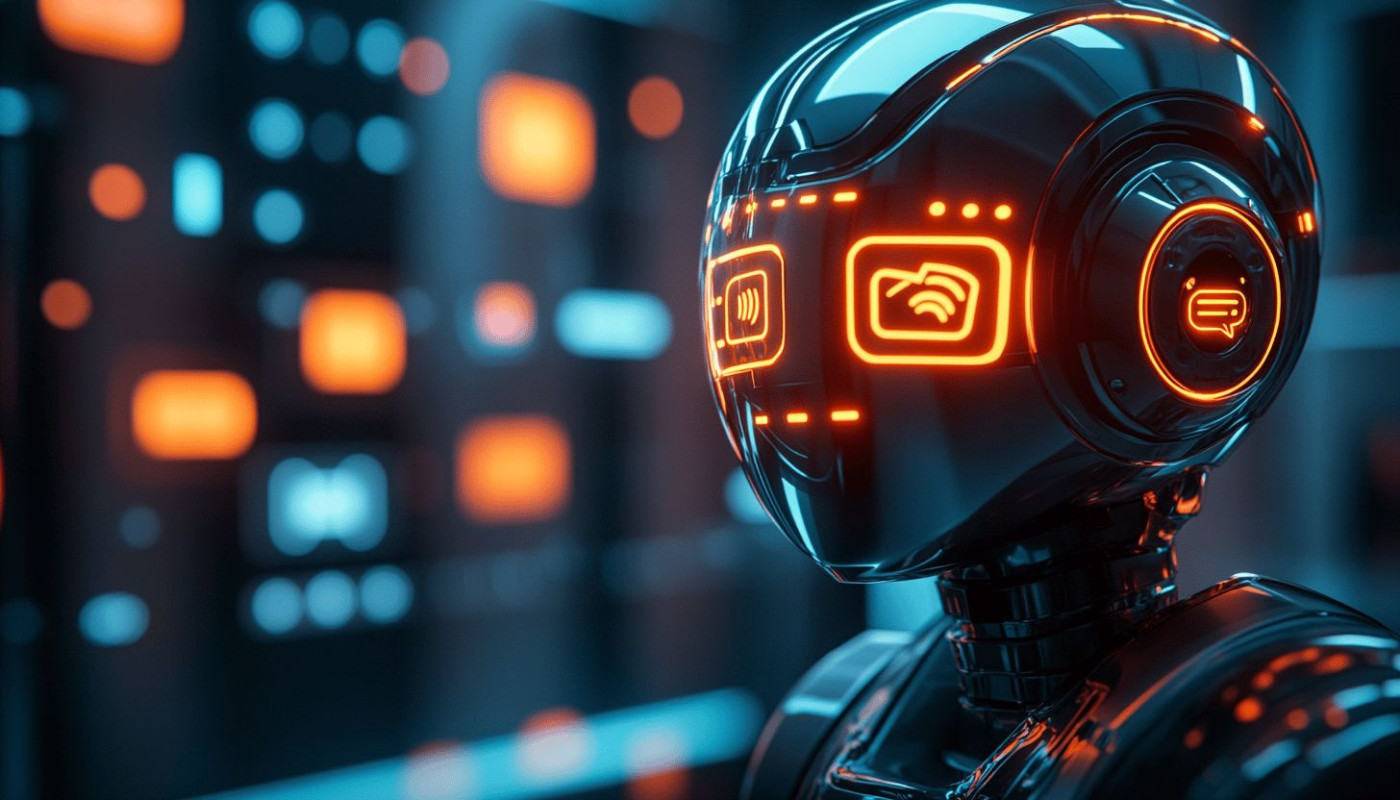Table of contents
The advent of technology has revolutionized the way we interact with machines, and chatbots have become a pivotal element in enhancing customer experience. Building a chatbot may seem like a daunting task, especially for those without coding skills, but it's now possible to create one in a matter of minutes. This piece invites readers to explore the fascinating process of creating a chatbot from scratch without any prior programming knowledge, unveiling the simplicity behind what was once considered a complex undertaking.
Understanding the Basics of Chatbots
At the heart of modern digital customer engagement lies the innovative technology of chatbots, tools designed to simulate interaction with users as if they were conversing with a real person. These automated systems utilize sophisticated Natural Language Processing (NLP) algorithms to understand and respond to user inquiries, making the interaction feel seamless and intuitive. Chatbot functionality extends beyond mere script-following; they can learn from interactions to improve their conversational abilities over time.
There are various types of chatbots ranging from simple, rule-based models that follow predetermined paths to advanced, AI-driven bots capable of AI conversation simulation with the ability to handle complex queries. These tools are becoming an integral part of automated customer service, offering quick, consistent, and round-the-clock responses to customer inquiries. The chatbot benefits are manifold, including reduced wait times for customers, streamlined support processes, and the ability to handle a high volume of requests simultaneously.
Businesses across industries are turning to chatbots to enhance customer satisfaction and operational efficiency. Whether it's handling frequently asked questions, guiding users through a website, or providing personalized recommendations, chatbots are revolutionizing the way companies interact with their clientele. Their application has proven to be a game-changer in providing efficient, cost-effective customer service. With the rise of chatbots, businesses can ensure that their customers receive the attentive and immediate service they deserve.
Choosing the Right Platform
Selecting a suitable no-code chatbot platform is pivotal for those aiming to deploy a chatbot swiftly and efficiently. When evaluating options, it is imperative to prioritize platforms that offer an intuitive chatbot builder, ensuring a seamless user experience for individuals without technical expertise. A robust chatbot design platform should feature a user-friendly User Interface (UI) that simplifies the creation process, allowing you to drag and drop elements to craft your chatbot. Additionally, seek out customizable chatbot solutions that enable personalization to match the unique needs of your business or project. User-friendly chatbot creation tools typically include pre-designed templates and easy integration options, making it possible to launch a competent chatbot in a matter of minutes. The advantages of leveraging these platforms are considerable, offering a cost-effective and time-saving alternative to traditional programming routes. A director of IT would affirm that selecting a platform with these attributes not only accelerates deployment but also ensures that managing and updating the chatbot remains straightforward.
Designing Your Chatbot
The design phase of a chatbot is pivotal for ensuring a seamless user experience and crafting the bot's conversational flow. It is during this stage that the chatbot conversational design takes shape, as it is imperative for the chatbot to carry out dialogs that feel natural and intuitive to users. Personalizing the chatbot to reflect a brand's ethos is a pivotal part of brand alignment; this could involve tweaking the chatbot's tone, style, and even the visuals to make sure it resonates with the brand's identity. The customization options are extensive and can drastically improve the user experience in chatbots.
Creating a Conversational User Interface (CUI) that is engaging yet functional should be a top priority. It's not just about what the chatbot says, but how it says it. The chatbot dialogue structure must be meticulously planned to guide users through a fluid interaction. This could mean anticipating user inquiries, providing helpful prompts, and ensuring the chatbot can handle unexpected queries too. By incorporating these elements effectively, the chatbot becomes an invaluable asset rather than just a tool, enhancing both user satisfaction and retention.
Regarding her response to the rising demand for sophisticated digital helpers, Botnation AI offers an exemplary platform that allows you to build a chatbot aligned with your brand identity and capable of delivering top-tier user experiences.
Training Your Chatbot
Embarking on the journey of creating a responsive chatbot involves a pivotal phase known as chatbot training. This process is akin to educating a human assistant; it requires providing your virtual aide with an array of chatbot training data to ensure it can understand and reply to user inquiries with a high level of response accuracy. For this purpose, the chatbot learning process integrates Machine Learning (ML), allowing the system to learn from its interactions and enhance its performance over time. By simulating user interaction scenarios, you're equipping the chatbot to navigate through real conversations, making sure it grows more adept with each exchange. A data scientist, with their expertise in handling data sets and machine learning algorithms, is well-positioned to guide this process, setting the stage for a chatbot that continuously improves, ensuring improving chatbot accuracy becomes an ongoing benefit rather than a static feature.
Launching and Maintaining Your Chatbot
After crafting your chatbot with a no-code platform, the next vital phase is deploying your chatbot. This step requires careful consideration of the various channels where your chatbot will operate. It is pivotal to integrate your chatbot seamlessly across multiple communication platforms to provide a cohesive experience for users. This process often involves leveraging Application Programming Interfaces (APIs) to ensure your chatbot can communicate effectively with existing systems and platforms, a task that underscores the role of multi-channel chatbots in today's digital ecosystem.
Once your chatbot is up and running, monitoring chatbot performance becomes a key component of its success. Regular analysis of interactions and user feedback provides invaluable insights into areas where your chatbot may require refinements. Chatbot maintenance is not a one-time task but rather a continuous process. As a customer support manager, you would recognize the significance of these updates in maintaining the effectiveness of your customer service tools. Keeping your chatbot updated with the latest information and functionalities not only enhances user satisfaction but also ensures that your chatbot evolves in tandem with your business needs and customer expectations.
Similar articles

How Does An ESIM Simplify Your Mobile Data Needs While Traveling In Europe?

How Small Businesses Can Leverage A Chatbot Builder To Improve Customer Service

How Small Businesses Can Benefit From Using A Chatbot Builder

Exploring The Impact Of Jurisdiction Choice On Crypto Licensing Success

How To Choose The Right Chatbot Builder For Your Business Needs

How Choosing The Right Chatbot Builder Enhances Customer Service

Exploring The Impact Of UX Design On Chatbot Effectiveness

Advancing AI Prompt Design For Enhanced Creative Outputs

Exploring The Future Of Multi-channel Chatbots In Customer Service

The Evolution And Future Of Conversational AI In Customer Service

Understanding The Emotional Stages Of Breakup And How To Navigate Them

How AI-driven Chat Platforms Revolutionize Customer Interactions

Exploring The Future: How Free AI Tools Are Shaping Industries

How Integrating Chatbots Can Transform Customer Service Efficiency

Enhancing Customer Engagement With Advanced QR Code Features

Step-by-step Guide To Diagnosing Connectivity Issues With Online AI Tools

